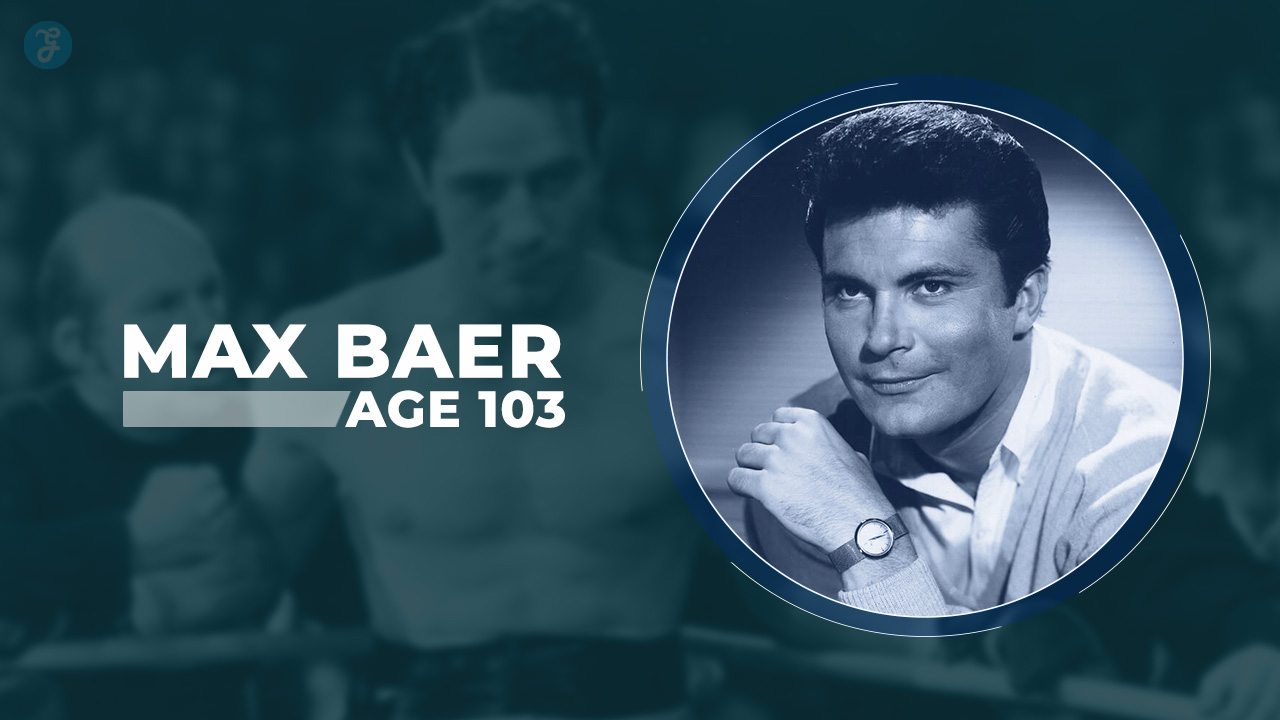Many advertisers struggle with limited budgets for pay-per-click (PPC) advertising, making it challenging to achieve maximum results. A critical question that often arises is, “How much should we allocate to PPC?” This question is foundational and significantly influences the entire PPC strategy.
This guide offers tips for initiating or refining your PPC budget to ensure every dollar is well spent.
1. Establish Account Expectations
With a constrained budget, it’s essential to set realistic expectations regarding the scope and scale of the account. A frequent query is: How much should our company invest in PPC?
To begin, align your PPC budget with the costs, volume, and competitive landscape of keyword searches relevant to your industry. Consider a balanced PPC strategy that includes both display and video formats to maintain consumer engagement.
Start by determining your daily budget. For instance, a monthly budget of $2,000 translates to a daily budget of approximately $66. This daily budget will influence the number of simultaneous campaigns in your account, as it will be distributed among all active campaigns. Note that platforms like Google Ads and Microsoft Ads might sometimes exceed the daily limit to optimize results. However, the overall monthly spending should not be greater than the daily budget times the number of days in the month.
With the daily budget established, you can better prioritize your advertising goals.
2. Prioritize Advertising Goals
Advertisers typically manage multiple goals per account. A limited budget restricts the number of campaigns and objectives you can effectively pursue. Some common goals include:
- Brand awareness
- Lead generation
- Sales
- Customer retention
For example, an advertiser promoting a scholarship program on a restricted budget might divide a daily budget of $82 between lead generation (search campaign) and brand awareness (display campaign).
The following strategies can help you allocate your budget more efficiently within your campaigns. Remember, while restrictive settings can help focus your efforts, loosening them might be necessary if you aren’t receiving enough traffic.
3. Location Targeting
Targeting specific locations is crucial for reaching the right audience and effectively managing a limited budget. Focus on key geographical areas where your customers are located. Refine this further by targeting specific states, cities, ZIP codes, or even a radius around your business.
If your reports indicate that certain locations are underperforming, consider excluding those areas or applying location bid modifiers to decrease ad spend there.
4. Ad Scheduling
Ad scheduling can help control your budget by running ads only during specific days and hours. For businesses with limited budgets, it is beneficial to limit ad displays to business hours. If your business operates online, review hourly performance reports to identify and eliminate ads running during low-ROI periods.
5. Negative Keywords
A carefully curated list of negative keywords is vital for controlling your budget. This list prevents your ads from appearing in irrelevant searches. Develop negative keywords by brainstorming unrelated keyword concepts and reviewing query reports for mismatches. Regularly update your negative keyword list as trends evolve.
6. Smart Bidding
Smart Bidding leverages Google AI to automatically adjust bids, aiming to optimize conversions within your budget constraints. Strategies include:
- Maximize Conversions: Adjusts bids to generate the most conversions within your budget.
- Target Return on Ad Spend (ROAS): Adjusts bids in real time to maximize returns based on predicted conversion values.
- Target Cost Per Action (CPA): Optimizes bids to achieve the most conversions at your target CPA.
7. Display Only Campaigns
Display campaigns can be cost-effective for brand awareness, reaching a broader audience. Utilize audience targeting options such as topics, placements, demographics, and remarketing. Use performance data to refine your display campaigns for maximum impact.
8. Performance Max Campaigns
Performance Max (PMax) campaigns, available on both Google Ads and Microsoft Ads, use automation to maximize conversions by serving ads across various channels with automated ad formats. This approach consolidates your budget into a single campaign, enhancing efficiency.
9. Target Less Competitive Keywords
Highly competitive keywords often come with high costs. Research and target less competitive keywords to make the most of a smaller budget. Utilize tools like Google Keyword Planner and analytics to identify keywords with lower costs and sufficient volume.
10. Manage Expensive Keywords
High-volume, competitive keywords can drain your budget quickly. Consider isolating these keywords into separate campaigns with more controlled targeting and budget restrictions. Experiment with different match types and ad copy to improve relevance and reduce costs.
11. Refine Your Ad Copy
Crafting compelling and relevant ad copy is essential for standing out in a crowded digital marketplace. To create ad copy that resonates with your target audience, it’s important to understand their needs, interests, and pain points. Start by conducting thorough audience research to identify what matters most to them.
Use this information to write headlines that capture attention and convey the unique value proposition of your product or service. Your ad copy should be clear, concise, and focused on the benefits to the customer. Incorporate emotional triggers and persuasive language to create a sense of urgency or excitement. Additionally, using power words and action-oriented language can motivate potential customers to take the desired action, whether it’s clicking on your ad, signing up for a newsletter, or making a purchase.
12. Implement Negative Keywords
To maximize the effectiveness of your PPC campaigns, it’s crucial to regularly update your list of negative keywords. Negative keywords prevent your ads from appearing in irrelevant searches, thereby saving your budget for more targeted and effective queries. Start by analyzing your search term reports to identify any keywords that are generating clicks but not conversions. These are prime candidates for your negative keyword list. Continuously refine this list to filter out irrelevant traffic and focus on attracting high-quality leads.
By doing so, you can improve your click-through rate (CTR), lower your cost per click (CPC), and increase your overall return on investment (ROI). Regularly reviewing and updating your negative keywords is an ongoing process that ensures your ads reach the right audience while minimizing wasted spend.
13. Monitor and Adjust Bids
Effective bid management is essential for maximizing the performance of your PPC campaigns. Continuously analyze the performance of your campaigns to determine which keywords, ads, and placements are delivering the best results. Use this data to adjust your bids accordingly, ensuring you’re getting the most out of your investment.
For high-performing keywords, consider increasing your bids to capture more traffic and improve your ad position. Conversely, reduce bids on underperforming keywords to minimize wasted spend. Implement bid adjustments based on various factors such as device type, location, time of day, and audience segments to further optimize your campaigns. Utilizing automated bidding strategies, like target CPA (cost per acquisition) or target ROAS (return on ad spend), can also help streamline the process and achieve your campaign goals more efficiently.
14. A/B Test Your Ads
A/B testing is a powerful technique for optimizing your PPC ads. By experimenting with different ad elements such as headlines, images, descriptions, and calls to action, you can determine what resonates best with your audience. Start by creating multiple versions of your ads with slight variations. For example, test different headlines to see which one captures more attention, or try different images to see which one generates higher engagement.
Run these variations simultaneously and track their performance using metrics like CTR, conversion rate, and cost per conversion. Analyze the results to identify the winning elements and incorporate them into your ads. A/B testing should be an ongoing process, as continuous experimentation and optimization can lead to incremental improvements and better campaign performance over time.
15. Optimize Landing Pages
The effectiveness of your PPC campaigns doesn’t end with a click on your ad; it extends to the landing page experience. Ensure your landing pages are relevant, persuasive, and optimized for conversions to maximize the return on your PPC investment. Start by matching the message and offer in your ad to the content on your landing page to provide a seamless user experience. Use clear and compelling headlines, engaging visuals, and concise copy to communicate your value proposition. Include strong calls to action that guide visitors towards the desired conversion.
Additionally, optimize your landing pages for speed and mobile-friendliness to reduce bounce rates and improve user satisfaction. Use A/B testing to experiment with different layouts, forms, and design elements to find the most effective combinations. Continuously monitor and analyze your landing page performance to make data-driven decisions and improve conversion rates.
16. Track and Analyze Performance
Using analytics tools to track and analyze your PPC campaign performance is crucial for making data-driven decisions and refining your strategies. Set up comprehensive tracking using tools like Google Analytics, Google Ads, or other PPC management platforms to monitor key metrics such as impressions, clicks, CTR, conversion rate, and ROI. Regularly review this data to identify trends, patterns, and areas for improvement.
For instance, if you notice a high bounce rate on a particular landing page, investigate potential issues such as page load speed, relevance, or usability. Use segmentation to analyze performance across different audience groups, devices, and geographic locations. By understanding how different variables impact your campaign performance, you can make informed adjustments to optimize your ads, keywords, bids, and landing pages. Continuously tracking and analyzing your performance allows you to stay agile and responsive, ensuring your PPC campaigns deliver the best possible results.
Takeaways
Implementing a comprehensive PPC strategy involves a combination of crafting compelling ad copy, managing negative keywords, adjusting bids, A/B testing ads, optimizing landing pages, and continuously tracking performance. By following these best practices, you can maximize the effectiveness of your PPC campaigns, attract high-quality leads, and achieve a higher return on investment. Remember, successful PPC management is an ongoing process that requires constant monitoring, analysis, and optimization to stay ahead of the competition and meet your marketing goals.
Effective management of a PPC account with a limited budget requires strategic planning, informed decision-making, and continuous optimization. Every click has the potential to yield significant results, and with the right approach, your PPC efforts can deliver substantial value even on a tight budget.





































